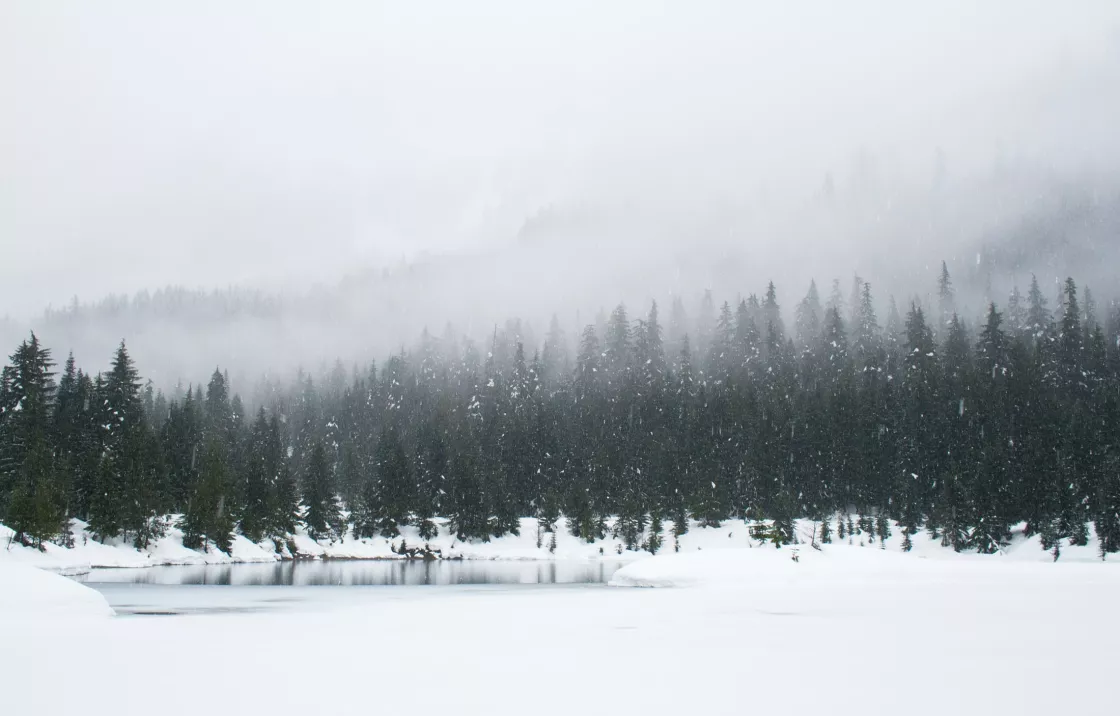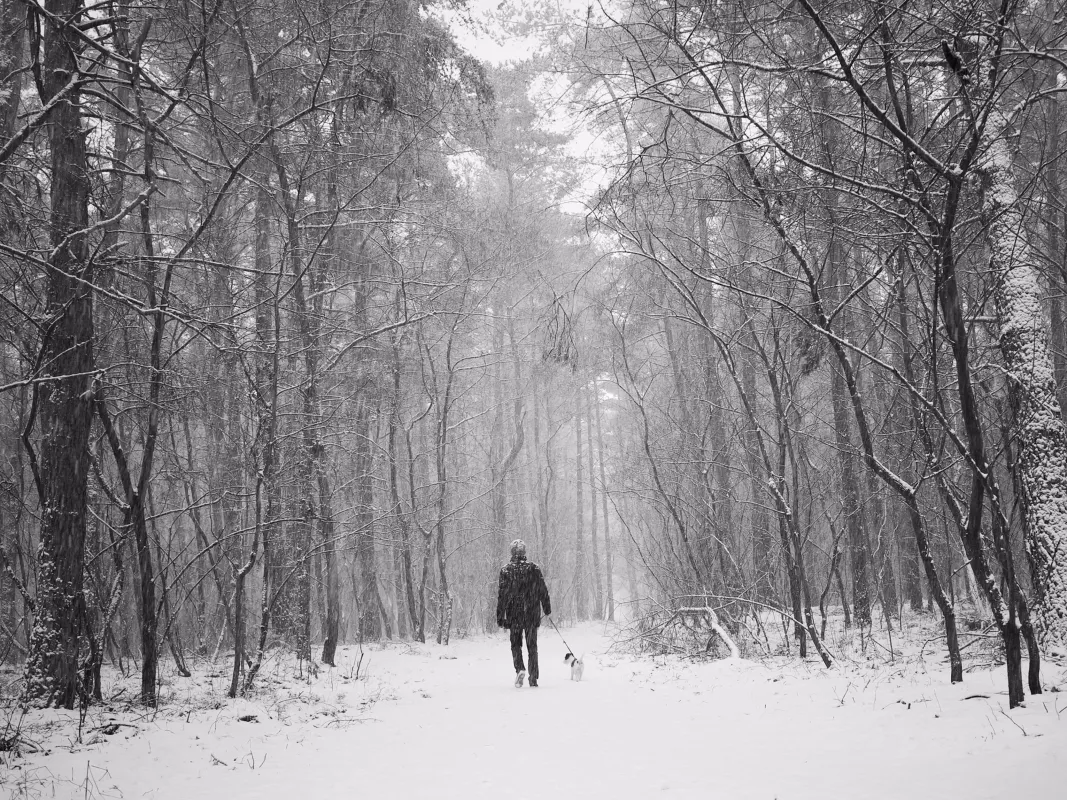Snow
Quick Facts
What is snow?
Snow is precipitation that forms when water vapor freezes. Snow falls as ice crystals from clouds when temperatures drop below freezing and there is enough humidity in the air.
How does snow form?
For snow to form, there needs to be moisture in the atmosphere and low temperatures. Depending on humidity levels in the atmosphere, when temperatures drop below 0°C (32°F), water vapor condenses directly into ice without going through the liquid stage. Once an ice crystal has formed, typically in clouds, it absorbs and freezes additional water vapor from the surrounding air, growing into a snow crystal or snow pellet, which then falls to Earth.
Why is snow important?
Snow is part of Earth’s seasonal cycle, with a majority of snow covering the Northern Hemisphere. When snow is pristinely white, it is highly reflective; a vast amount of sunlight that hits the snow is reflected back into space rather than absorbed. Without snow cover, the ground absorbs about four to six times more of the sun's energy. Because of its broad spread, the presence, or absence, of snow controls patterns of heating and cooling over Earth's land surface more than any other single land surface feature.
Beyond climate and weather, snow is a vital source of drinking water and hydropower for certain regions of the planet. Snow also affects wildlife migration, hibernation, and survival. Snow is also an important part of winter sports and recreation, such as skiing, snowboarding, sledding, and snowshoeing.
Is snow safe to eat?
The fresher the snow, the less contaminated it can be with things like algae, bacteria, and pollution. However, as pollution also persists in the atmosphere, all snow captures these while forming. As snow falls through the sky, it can lock in pollutants into its intricate latticework. The most common is black carbon from coal-fired plants and wood-burning stoves. In a sense, that is why it is better to wait until a few hours into the snowfall to eat your first batch. Snow acts like a scrubbing brush as it falls through the atmosphere. So, the longer the snow falls, the cleaner the air, and also the snow.
That being said, never eat plowed snow, which contains snow, dirt, and chemicals like magnesium chloride.
Also, it takes a lot of energy for the body to melt the snow into water, actually dehydrating a person. For people out in extreme environmental conditions, where survival is at hand, it is important to melt the snow first and hopefully boil it for safety.
What color is snow?
Snow appears white, but it is actually translucent. When light reflects off it, snow appears white. The many sides of a snowflake scatter light, diffusing the color spectrum in many directions. Snow can look dark when dust, or pollution, cover it. Fresh-water algae that loves snow can turn it into other colors like orange, blue, or watermelon pink.
Why is it so quiet after it snows?
Fresh snow cover dampens sound because it absorbs sound waves. If the snow melts, however, and then refreezes, the newly formed ice layer reflects sound waves, allowing sound to travel far and clear.
Why do scientists study snow?
As a vital component to Earth’s climate and water resources, scientists study snow to understand how it influences weather forecasts, avalanche risks, infrastructure design, and water availability. By studying how snow forms and where it falls, and also how the global snowpack is changing under a warming climate, scientists can better understand how snow affects our planet and society.
Where can I get more information on snow?
NSIDC also distributes open access scientific data related to snow.




